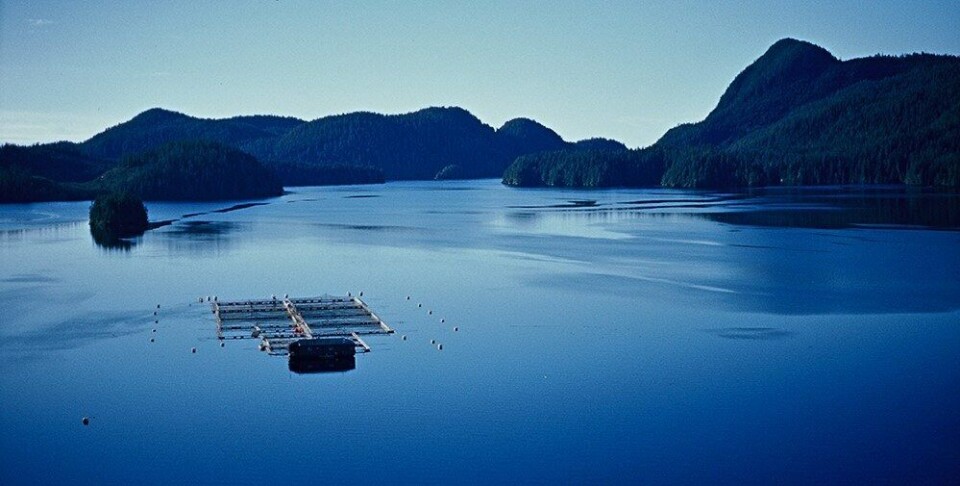
Closing fish farms won’t save wild salmon, warns academic
A Canadian academic has warned that the “simplistic” solution of removing salmon farms to restore Pacific salmon stocks won’t work and will instead cost jobs for no benefit.

Dr Donald Noakes, dean of the science and technology faculty at Vancouver Island University, made the assessment in a review of Canadian aquaculture.
The paper, Oceans of opportunity, was published on June 18, two days before the British Columbia provincial government announced tough new rules making it harder for operators to renew fish farm tenures.
In his review, Noakes says that climate change, habitat loss and overfishing have resulted in significant declines in Pacific salmon stocks on Canada’s west coast, and the closure of many fisheries including First Nations food fisheries.
He continues: “The expected changes in temperature and freshwater distribution and abundance over the next 30–50 years are so significant that many Pacific salmon stocks are likely to see further declines with some stocks in the interior of British Columbia disappearing completely.
“Despite the lack of any credible scientific evidence to link declines in Pacific salmon stocks at a population level to salmon farming, those opposed to salmon farming and those wishing for a simplistic solution to restore Pacific salmon stocks to historic high levels suggest that removing salmon farms will accomplish that goal which it will not.
“This action will only serve to eliminate or significantly curtail the CAN$400m salmon farming industry in British Columbia which will have significant negative economic and social consequences for coastal communities and in particular First Nation communities involved in aquaculture.”
Strategic plan
Noakes points to the need for a national strategic plan to increase aquaculture production in Canada and to simplify the current complex regulatory framework “that has resulted in significant uncertainties and delays that have limited growth in this sector”.
The review highlights the potential and interest to triple current production while fostering greater involvement of First Nation communities.
Noakes points out that while Canada has the longest coastline in the world by far (202,080 km) with 80,000 km of marine coastline capable of supporting aquaculture and fisheries, it ranks only 25th in terms of world aquaculture production.
Lagging behind
Currently, less than 1% of the 3.8 million hectares of freshwater and marine areas that are considered suitable for seafood (finfish, shellfish and aquatic plants) production are being farmed.
The review lists the considerable improvements that have been made in salmon farming over the past 30 years, but adds that compared with other nations, Canada lags far behind in terms of aquaculture production per km of coastline (Canada 2.1, USA 9.6, Norway 52.5 and Chile 157.8).
Oceans of opportunity: a review of Canadian aquaculture, by Donald J Noakes, is published in Marine Economics and Management by Emerald Publishing Limited and can be accessed here.























































